






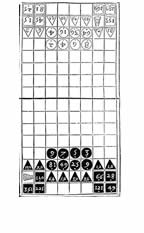
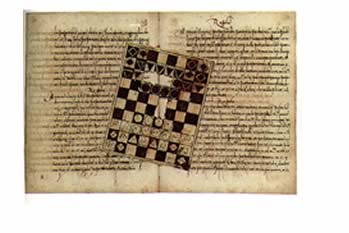
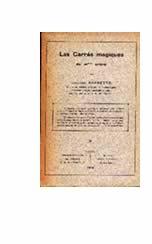
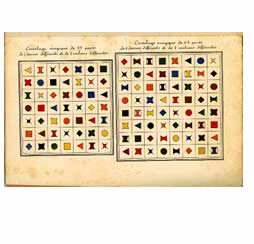
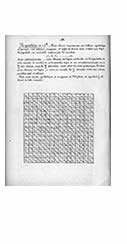

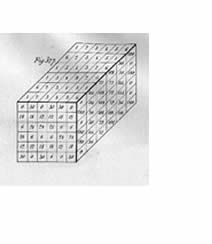
 |
 |
 |
 |
|||||||||||
 |
||||||||||||||
 |
 |
 |
 |
|||||||||||
 |
 |
 |
 |
 |
||||||||||
01 Albrecht Durer, Melancholia, engraving, 18 x 24 cms, dated 1514. Numbers are deployed in ranks which when added up, vertically, horizontally or diagonally, come to the same number. The Magic Square was probably of Chinese origin and much admired by subsequent civilisations. Albrecht Durer used a Magic Square in his print above. 04 An Italian
Manuscript Dec 1539 concerning "Pythagoras' Game" or the "Rithmimacia",
with an intriguing insert loosely attached to the body of the text with
the appropriate numbers and positions. From the Giannalisa Feltrinelli
Library as sold at Christie's in December 1997 (lot 220) with a letter
that explained that the second half of the MS was found in the studio
of the Aristotelian polymath Jacques Lefevre d'Etaples and sent to Cosimo
Rucellai in Florence. BOTTOM
ROW HERE ARE EXAMPLES FROM TWO BOOKS ON MAGIC SQUARES |